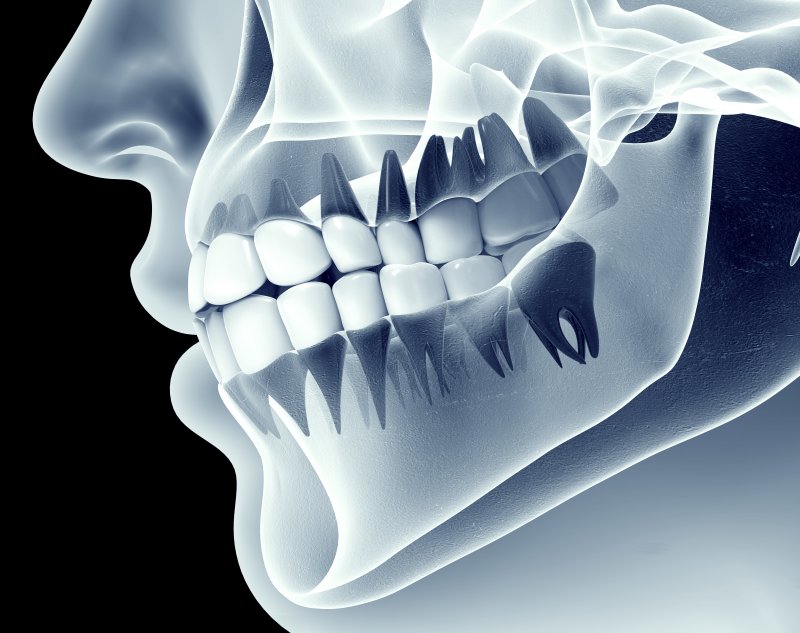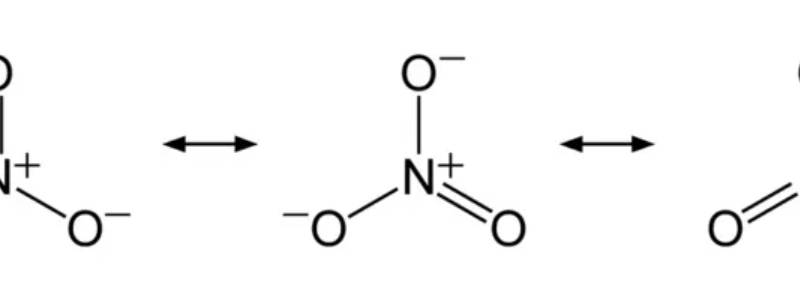Are teeth made of bones?

Are teeth Bones – Have you ever wondered what your teeth are made of? Are they bones, like the rest of your skeleton? Or are they something else entirely? The answer might surprise you. Teeth are not bones, but they do contain some bone-like material. Teeth are composed of four different types of tissue, each with its own function and structure. In this blog, we will explore the similarities and differences between teeth and bones, and how to keep them healthy and strong.
What are bones made of?
Bones are mainly composed of two materials: collagen and calcium phosphate. Collagen is a protein that forms a soft and flexible framework for the bone. Calcium phosphate is a mineral that hardens this framework and gives it strength and rigidity. Bones also contain other types of cells, tissues, and substances, such as osteoblasts, osteocytes, osteoclasts, osteoid, nerves, blood vessels, bone marrow, cartilage, and membranes.
What are the three parts of a tooth?
A tooth is a hard structure that is used for biting, chewing, and speaking. A tooth has three main parts: the crown, the root, and the neck.
- The crown is the part of the tooth that you can see above the gum line. It is covered by a hard and shiny layer called enamel, which protects the tooth from decay and damage. The crown also has a layer of dentin, a softer and darker tissue supporting the enamel. The crown has different shapes and sizes depending on the type and function of the tooth.
- The root is the part of the tooth that is hidden below the gum line. It extends into the jawbone and anchors the tooth in place. The root is covered by a bone-like material called cementum, which connects to the periodontal ligament. The periodontal ligament is a band of connective tissue that attaches the root to the alveolar bone, the part of the jawbone that holds the teeth. The root also has a canal containing pulp, soft tissue with blood vessels and nerves.
- The neck is the part of the tooth that connects the crown and the root. It forms a line where the enamel meets the cementum. The neck is surrounded by the gums, which are pink and fleshy tissues that cover the alveolar bone and protect the roots of the teeth.
What are teeth made of?
Teeth are not bones, but they do contain some bone-like material. Teeth are composed of four different types of tissue, each with its own function and structure.They are:
- Enamel: This is the hard and shiny layer that covers the tooth’s crown, which is the part you can see above the gum line. Enamel is the hardest substance in the human body and protects the tooth from decay and damage. Enamel is mostly made of mineral salts, such as calcium and phosphate, forming hydroxyapatite crystals.
- Dentin: This is the softer and darker layer that lies under the enamel and supports it. Dentin is also found in the tooth’s root, the part embedded in the jawbone. Dentin is mainly composed of collagen, a protein that forms a flexible framework for the tooth. Dentin also contains mineral salts, but less than enamel.
- Cementum: This is the bone-like material that covers the tooth’s root and connects it to the periodontal ligament, a band of tissue that attaches the tooth to the jawbone. Cementum helps to anchor the tooth in place and prevent it from moving. Cementum is similar to dentin in composition but has more organic substances and less mineral salts.
- Pulp: This is the soft tissue that fills the centre of the tooth, called the pulp chamber. The pulp contains blood vessels and nerves that supply nutrients and sensations to the tooth. The pulp also has cells that produce dentin and help repair the tooth if it is damaged.
How can i strengthen my teeth?
Strengthening your teeth means ensuring that your tooth enamel, the outer layer of your teeth, does not get worn down by bacteria, acid, or other factors. Tooth enamel protects your teeth from decay and damage, but it can also be repaired by a natural process called remineralization. Remineralization is when your body takes minerals from your saliva and deposits them in your enamel to restore its strength and health.
There are several ways to strengthen your teeth and promote remineralization, such as:
- Using a remineralizing toothpaste that contains fluoride or nano-hydroxyapatite. These are minerals that help repair the enamel and prevent cavities. Fluoride is a common ingredient in many toothpastes, but it can be toxic if swallowed in large amounts. Nano-hydroxyapatite is a natural mineral that is found in the body and may be more effective than fluoride.
- Brushing your teeth twice a day and flossing daily. This helps remove plaque, a sticky film of bacteria that produces acid and erodes the enamel. You should also wait an hour after eating or drinking before brushing your teeth, as this gives your saliva time to neutralize the acid and remineralize your teeth.
- Drinking water and limiting fruit juices and soda. Water helps wash away food particles and bacteria and also provides fluoride if it is fluoridated. Fruit juices and soda are high in sugar and acid, which can damage the enamel and cause decay. Avoid acidic foods like citrus fruits, vinegar, and wine.
- Limiting refined sugars and starches. These are foods that bacteria feed on and produce acids, such as candy, cookies, bread, pasta, and chips. You should also eat foods rich in calcium and phosphorus, which are minerals that help build strong teeth. Some examples are cheese, yoghurt, milk, nuts, seeds, and meat.
- Visiting your dentist regularly for check-ups and cleanings. Your dentist can detect any signs of tooth decay or damage early and provide treatment if needed. They can also apply sealants or fluoride varnish to protect your teeth from bacteria and acid.
Are Teeth bones?
The short answer is no, teeth are not bones. They may look similar and share some common features, such as being hard, white, and containing calcium, but they are actually quite different in their structure, composition, and function.
Bones are living tissues that form part of the skeleton in most animals. They are made up of collagen, a protein that provides flexibility, and calcium phosphate, a mineral that provides strength. Bones can grow, repair, and regenerate throughout life. They also contain marrow, which produces blood cells.
Teeth are not living tissues, but hard structures that are used for biting, chewing, and speaking. They are composed of four types of tissue: enamel, dentin, cementum, and pulp. Enamel is the hardest substance in the body and covers the crown of the tooth. Dentin is the softer layer that supports the enamel and forms the bulk of the tooth. Cementum covers the root of the tooth and connects it to the jawbone. Pulp is the soft tissue that fills the center of the tooth and contains blood vessels and nerves.
Unlike bones, teeth cannot heal or regenerate themselves if they are damaged. Enamel can be remineralized by saliva and fluoride, but it cannot be restored if it is worn away by bacteria, acid, or trauma. This is why it is important to prevent tooth decay and cavities by practicing good oral hygiene and visiting your dentist regularly




